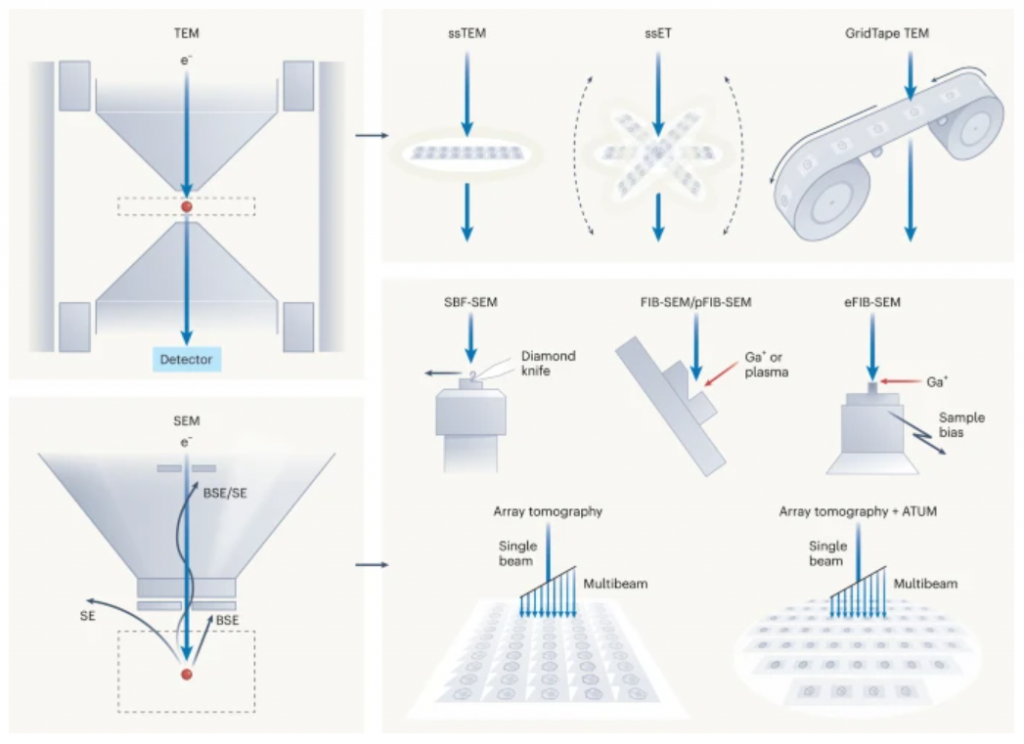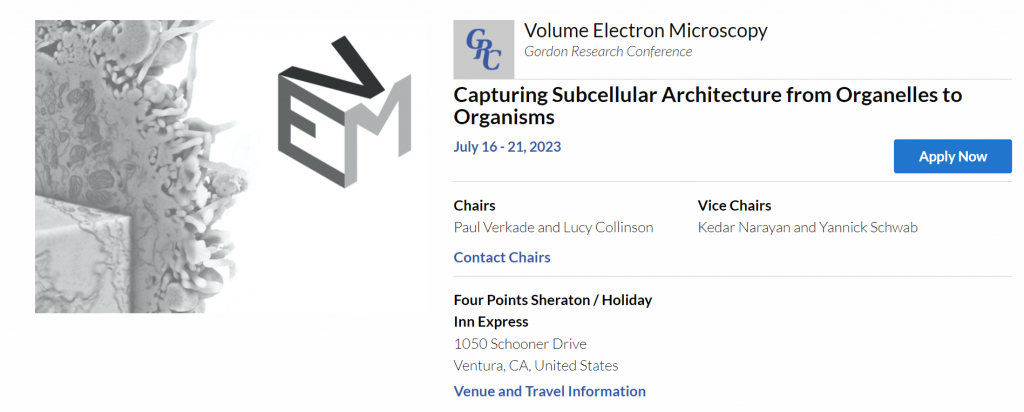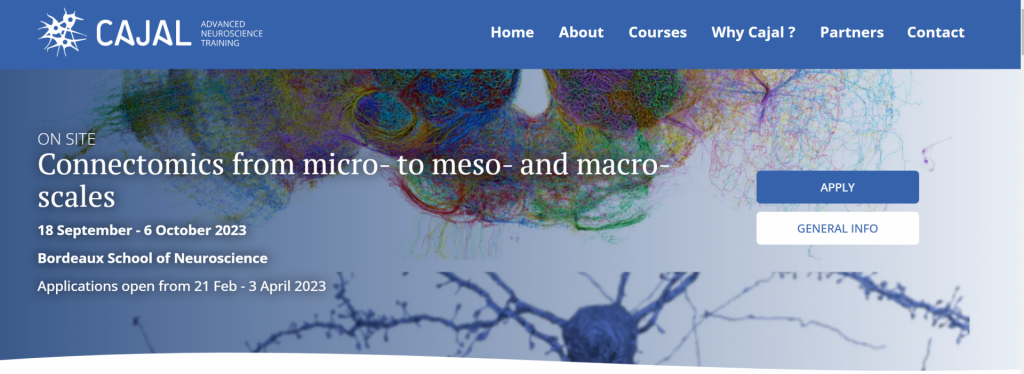Check out this amazing paper performing serial section cryo-FIBSEM and cryo-ET:
https://www.biorxiv.org/content/10.1101/2023.04.28.538734v1

As a core facility dedicated to service at the Faculty of Biology and Medicine, we serve in priority investigators from all departments of the UNIL. We are providing full service, training on all our instruments and autonomous access to trained users. External users are welcome to contact us to discuss opportunities.
Check out this amazing paper performing serial section cryo-FIBSEM and cryo-ET:
https://www.biorxiv.org/content/10.1101/2023.04.28.538734v1

Please check this excellent comment on the vEM techniques and their strengths in Nature methods. UK vEM experts have driven the vEM community since the beginning and reading their opinions is highly informative! The EMF is offering most of the vEM techniques and we are happy to talk to you if you think that one of these techniques could help you. we can also put you in contact with others facilities offering different techniques.
https://www.nature.com/articles/s41592-023-01861-8

https://www.grc.org/volume-electron-microscopy-conference/2023/

he Volume Electron Microscopy GRC is a premier, international scientific conference focused on advancing the frontiers of science through the presentation of cutting-edge and unpublished research, prioritizing time for discussion after each talk and fostering informal interactions among scientists of all career stages. The conference program includes a diverse range of speakers and discussion leaders from institutions and organizations worldwide, concentrating on the latest developments in the field. The conference is five days long and held in a remote location to increase the sense of camaraderie and create scientific communities, with lasting collaborations and friendships. In addition to premier talks, the conference has designated time for poster sessions from individuals of all career stages, and afternoon free time and communal meals allow for informal networking opportunities with leaders in the field.
Just as the resolution revolution in cryoEM has fundamentally altered the field of structural biology, we are entering the era where large-scale and multimodal imaging centered on electron microscopy of cell and tissue ultrastructure in 3D is poised to transform cell biological research. Volume Electron Microscopy (vEM) is a term adopted by our community to describe a set of high-resolution imaging techniques that reveal the three-dimensional structure of cells, tissues and small model organisms at nano- to micrometre resolutions. vEM techniques include Serial Block Face SEM (SBF SEM), Focused Ion Beam SEM (FIB SEM), single-beam array tomography (sAT), multi-beam array tomography (mAT), plasma FIB (pFIB), serial section TEM, serial section Electron Tomography (ssET), and GridTape TEM (gtTEM). Emerging within the past two decades, largely in response to the desire to reconstruct a variety of synaptic features in massive volumes of neuronal tissue, vEM imaging is generally performed at room temperature on resin-embedded cells and tissue samples, with a focus on automation and throughput. Thus, in stark contrast to traditional EM imaging experiments, vEM ‘pipelines’ quickly generate vast amounts of data and depend on significant computational resources. Not only has this required a re-imagining of sample preparation and image acquisition protocols, but vEM has also spawned a whole sub-specialty in computational research devoted to processing, analysis and quantification of rich image datasets to extract meaningful biological insights. Though the volumes imaged in vEM are relatively large in the context of classical electron microscopy, the fundamental trade-off between field of view versus resolution versus speed remains. Further, the incompatibility of EM with live cell imaging has meant that a range of ancillary correlative techniques, including fluorescence microscopy (FM) and X-ray microscopy (XRM), play a critical role to target the event or feature of interest within a larger tissue volume, often a proverbial “needle in the haystack”. Again, in correlative vEM experiments, data-handling and analysis strategies form an integral part of the workflow. This very first GRC on Volume Electron Microscopy aims to bring together this fast-growing community to discuss the latest developments in the field, foster exchange of ideas, and stimulate new collaborations. The condensed and focused form of Gordon Research Conferences is the optimal way to drive this exciting emerging field of technology forward.
https://cajal-training.org/on-site/connectomics/

The biological factors shaping the synaptic connectivity of neuronal circuits are complex and multifaceted, depending on cell types, functional activity, homeostasis, and more. Mapping brain wiring at the level of both local circuits and across brain-wide projections is a key aspect of understanding how nervous systems develop, learn, process information and generate behaviour. Recent advances in molecular biology, tissue processing, computational methods, and microscopy have enabled a revolution in understanding structural connectivity with cellular and synaptic resolution. Large-scale electron microscopy volumes provide nanometer-scale maps of anatomy and connectivity of whole invertebrate brains and millimetre-scale regions of vertebrate brains, while light-microscopic methods can highlight genetically defined connections and enable brain-wide reconstruction of neurons. Together, these complementary approaches yield powerful insight into the neuroanatomy and connectivity of the nervous system with single-cell resolution.
This course will provide students with a broad introduction to contemporary methods of studying neuronal connectivity with lectures from experts in the field. It also provides practical project-based instruction in experimental methods of circuit tracing and reconstruction with light microscopy (light sheet or 2-photon), as well as the computational analysis of rich electron microscopy connectomes in flies and mice. Students will consider the strengths and limitations of different techniques and how they can be used to address key problems in circuit neuroscience.